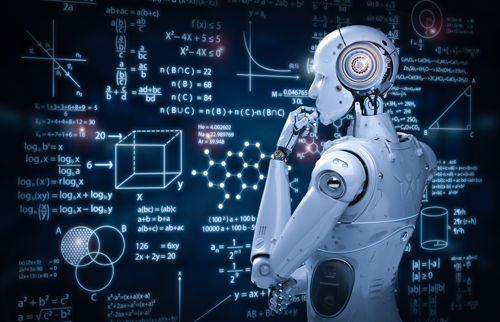
Image Credit: Swiss Center for Electronics and Microtechnology (CSEM).
This was achieved by using a type of Artificial Intelligence (AI) known as reinforcement learning, whereby computers train on their own after being fed with basic instructions. The computers learn from their errors and, gradually, become extremely powerful.
The key disadvantage of reinforcement learning is that it cannot be applied to certain real-life applications. This is because while the computers are training themselves, they tend to attempt just about anything and everything before finally stumbling on the correct path.
This preliminary trial-and-error phase can be tricky for some applications, like climate-control systems, where sudden changes in temperature would not be endured.
Learning the Driver’s Manual Before Starting the Engine
Engineers from the Swiss Center for Electronics and Microtechnology (CSEM) have designed a new method that resolves this issue. They demonstrated that computers can initially be trained on highly simplified theoretical models before being programmed to learn on real-life systems. This means that when the computers begin the machine-learning process on the actual systems, they can utilize what they learned earlier on the models.
The computers can thus get on the correct path swiftly without experiencing a period of extreme variations. The researchers’ study was recently published in IEEE Transactions on Neural Networks and Learning Systems.
It’s like learning the driver’s manual before you start a car. With this pre-training step, computers build up a knowledge base they can draw on so they aren’t flying blind as they search for the right answer.
Pierre-Jean Alet, Study Co-Author and Head of Smart Energy Systems Research, Swiss Center for Electronics and Microtechnology
Slashing Energy Use by Over 20%
The CSEM engineers tested their method on a heating, ventilation, and air conditioning (HVAC) system for a multifaceted 100-room building using a three-phase procedure.
The team initially taught a computer using a “virtual model” created from basic equations that approximately defined the behavior of the building. Then, they fed real building data (weather conditions, temperature, how long blinds were open, etc.) into the computer, to make the training more precise. Finally, they allowed the computer to run its reinforcement-learning algorithms to identify the most optimal way to handle the HVAC system.
Broad Applications
The latest discovery could pave the way to new prospects for machine learning by increasing its use to applications where large variations in working parameters would have significant security or financial costs.
Journal Reference:
Schubnel, B., et al. (2020) A hybrid learning method for system identification and optimal control. Science. IEEE Transactions on Neural Networks and Learning Systems. doi: 10.1109/TNNLS.2020.3016906.